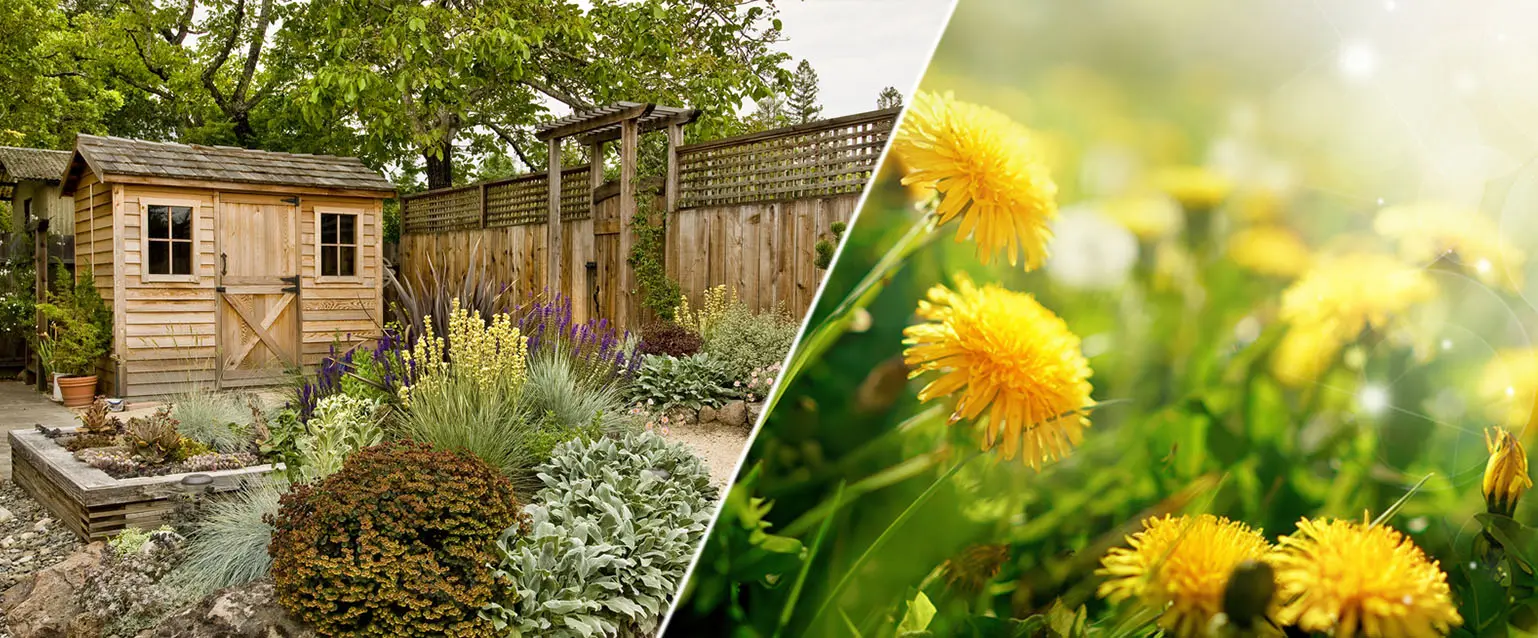Creating and maintaining a vibrant flower garden is a rewarding experience that brings beauty and joy to any outdoor space. However, successfully nurturing a flourishing flower garden requires knowledge, dedication, and consistent effort. From selecting the right plants for your climate to providing adequate water and nutrients, numerous factors contribute to the overall health and appearance of your floral display. This guide will provide you with essential tips and techniques to ensure your flower garden thrives and blossoms throughout the seasons.
Understanding Your Flower Garden’s Needs
Before you even plant a single seed, it’s crucial to understand the specific needs of your garden. This includes assessing the sunlight, soil, and climate conditions.
Sunlight Requirements
Different flowers require different amounts of sunlight. Some thrive in full sun (6+ hours per day), while others prefer partial shade (4-6 hours) or full shade (less than 4 hours). Research the sunlight needs of the flowers you plan to plant and choose a location that meets those requirements.
Soil Conditions
Healthy soil is the foundation of a thriving flower garden. Most flowers prefer well-draining soil that is rich in organic matter. Conduct a soil test to determine the pH level and nutrient content. Amend the soil as needed with compost, manure, or other organic materials to improve its structure and fertility.
Climate Considerations
Select flowers that are well-suited to your local climate. Consider the average temperatures, rainfall, and growing season length. Choosing native plants is often a good option as they are naturally adapted to the local environment.
Essential Flower Garden Care Practices
Once your flowers are planted, consistent care is essential to maintain their health and beauty.
Watering
Proper watering is crucial for flower garden success. Water deeply and less frequently, rather than shallowly and often. This encourages deep root growth, making plants more drought-tolerant. Water in the morning to allow foliage to dry before nightfall, reducing the risk of fungal diseases.
Factoid: Did you know that overwatering is a more common problem than underwatering in flower gardens? Excessive moisture can lead to root rot and other fungal diseases.
Fertilizing
Flowers need nutrients to grow and bloom. Fertilize regularly with a balanced fertilizer, following the instructions on the product label. Avoid over-fertilizing, as this can lead to excessive foliage growth at the expense of blooms.
Weeding
Weeds compete with flowers for water, nutrients, and sunlight. Remove weeds regularly by hand or with a garden hoe. Mulching can help suppress weed growth and retain soil moisture.
Pruning and Deadheading
Pruning and deadheading are essential for maintaining the appearance and health of your flower garden. Prune plants to remove dead, damaged, or diseased growth. Deadhead spent blooms to encourage new flowers.
- Deadheading: Remove faded flowers to encourage more blooms.
- Pruning: Trim back overgrown plants to maintain shape and promote air circulation.
Pest and Disease Control
Monitor your flower garden regularly for signs of pests and diseases. Take action promptly to prevent problems from spreading. Use organic pest control methods whenever possible.
Choosing the Right Flowers
Selecting the right flowers for your garden is key to creating a beautiful and thriving display. Consider the following factors when choosing your flowers:
- Color: Choose colors that complement each other and create a visually appealing display.
- Height: Select flowers of varying heights to create depth and interest.
- Bloom Time: Choose flowers that bloom at different times of the year to ensure a continuous display of color.
Creating a Beautiful Flower Garden Layout
A well-designed flower garden layout can enhance the beauty of your home and create a welcoming outdoor space. Consider the following tips when planning your layout:
Consider the Scale
Match the size of your flower garden to the size of your yard and house. A small garden can get lost in a large yard, while a large garden can overwhelm a small space.
Create a Focal Point
Choose a focal point for your garden, such as a statue, fountain, or interesting plant. This will draw the eye and create a sense of balance.
Use Repeating Patterns
Repeating patterns can create a sense of rhythm and harmony in your garden. Use repeating colors, shapes, or textures to tie the garden together.
FAQ ⎯ Frequently Asked Questions About Flower Garden Care
Q: How often should I water my flower garden?
A: Water deeply and less frequently, typically once or twice a week, depending on the weather and soil conditions. Check the soil moisture before watering.
Q: What is the best type of fertilizer for flowers?
A: A balanced fertilizer (e.g., 10-10-10) is generally a good choice for flowers. Follow the instructions on the product label.
Q: How do I prevent weeds from growing in my flower garden?
A: Mulch around your plants to suppress weed growth. Remove weeds regularly by hand or with a garden hoe.
Q: What should I do if my flowers are not blooming?
A: Ensure your flowers are getting enough sunlight, water, and nutrients. Deadhead spent blooms to encourage new flowers.
Q: How do I protect my flowers from pests and diseases?
A: Monitor your plants regularly for signs of problems. Use organic pest control methods whenever possible. Ensure good air circulation to prevent fungal diseases.

